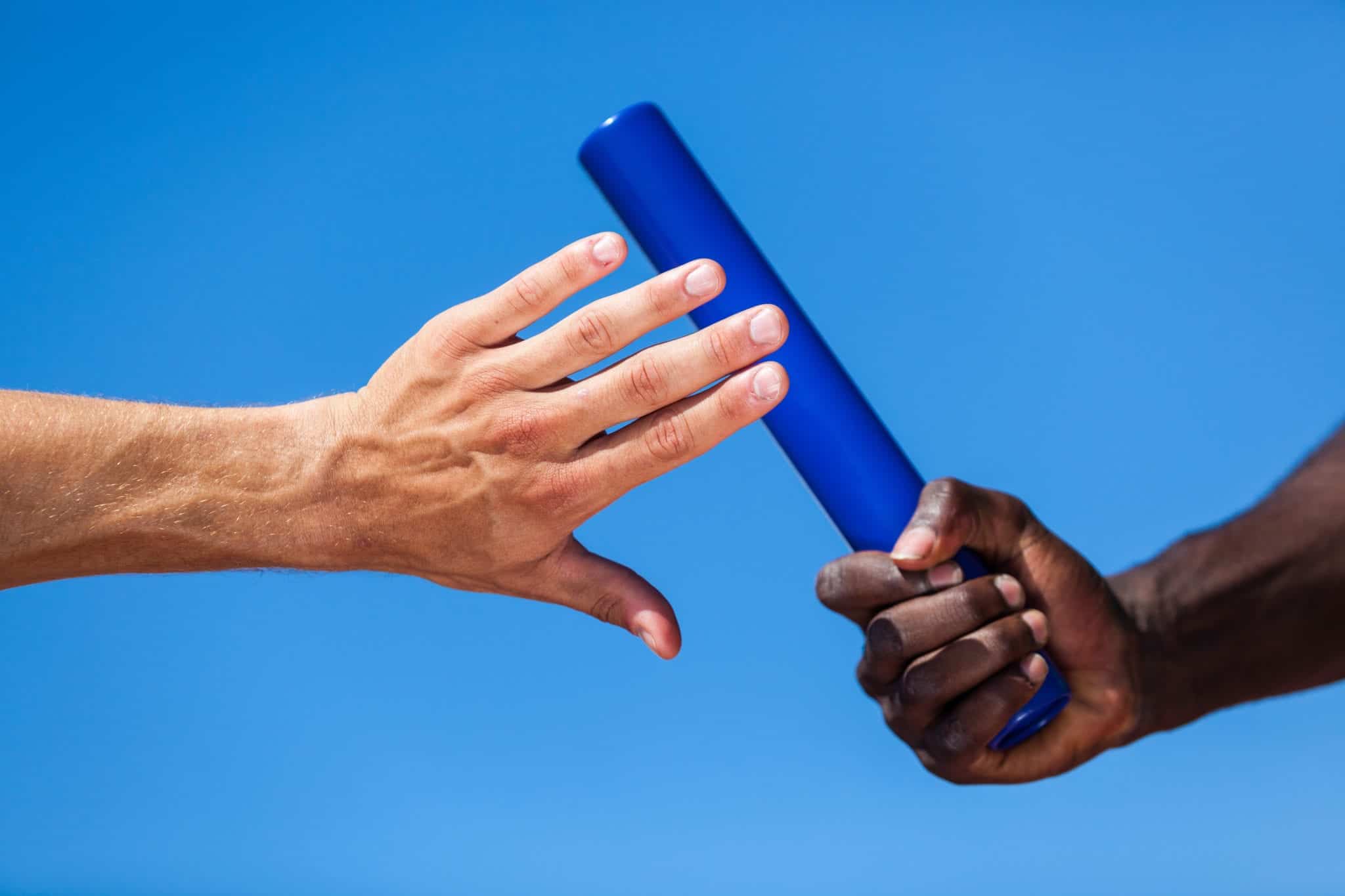Combining the Stages of Team Development, Conflict and the GRIP Model
By Bo Hanson – 4x Olympian, Coaching Consultant & Director of Athlete Assessments
In coaching there are often many models to understand, and it can be difficult to comprehend how they weave together. In this article we will discuss Team Life Cycles, and how the Stages of Team Development, Conflict, and GRIP models apply and integrate throughout your season.

To begin, you need to be aware that every team goes through the four stages of development. The first is the Forming stage, this is when a team first comes together, members are enthusiastic, people are getting to know each other and they are fairly adaptive in terms of the way that they behave. This is when it is important to establish and use the GRIP Model to ensure your pre-season gets off to the right start. There are four key elements to the GRIP model which should be established in the Forming stage. The goals, roles, interpersonal relationships and processes of the team. That is the way that a season should be structured from the very beginning and every successful team will have these four areas well defined.
Review our articles on the “Stages of Team Development in Sport” and “Pre-Season Preparation and using the GRIP Model” for more on these topics.
After the Forming stage, we go through a stage called Storming. During this stage, there is a lot of potential conflict. Conflict over roles within the team, traditions, what you did last year etc. We are not just talking about conflict over technical roles but also your non-technical roles. Our article on “Critical Team Roles in Sport” discusses the distinction between these two types of roles. Roles in the team might change from season to season and some athletes might not be happy with their new roles in the team, and this can lead to conflict.
Watch Bo Hanson Present on Your Team’s Season: The Stages of Team Development, Conflict & the GRIP Model
At this Storming stage, we say that people start behaving according to their true colors. When people start to show their true colors, there tends to be conflict. This is because in the Forming stage, athletes are willing to adapt, and be on their ‘best behavior’. Conflict is a really important part of the team development process, but it needs to be handled in the right way to achieve a positive outcome. We recommend our Coach’s Guide to Managing Conflict in Sport for essential tools to manage conflict.
If you are part of a team and you don’t get to this Storming stage which involves conflict, people are not being honest. For example, you could know that a team member has the ability to lift heavier weights in the gym, but you won’t tell him because you are afraid of hurting his feelings. When this happens and everyone continues to be on their best behavior in the Forming stage, standards start to slide and it’s literally all downhill from there. The two key things that define a good team are trust and high standards.

The next stage is Norming. At this stage of team development, the team starts self-managing and leading. The coach no longer has to tell the players to do their jobs, rather the team start holding each other to account in a really positive and productive way. You need to ensure that even from the early stages of Forming and Storming, the team are learning to hold themselves to account. Otherwise by the Norming stage they will not have the ability to do this on the field. At this stage, people also start accepting their role on the team, subscribe to the team behaviors, there is a good level of alignment, and everyone is on board with the team goals. It does not happen naturally, which means that it has to be created within the team.
Once you get through the Norming stage, which most teams don’t get to, you get to the Performing stage. This is where a team has reached its potential. It may mean the team is winning, but it might also not be winning. At the end of the day, you still have to play the game.
Where to from here?
You have to have a framework outlining the behaviors of your team, both the behaviors they should be living, and the behaviors they should be avoiding. This is where the GRIP Model comes into play. Going from one Stage of Team Development to the next, it is all about experiencing each other in as many different ways and situations and environments. True team development programs should expose different aspects of the players’ personality and debriefing them properly, sharing them together. It will only happen if you have done something similar to the four keys of the GRIP Model outlined in the Forming stage.
For more information on these topics we highly recommend our articles on:
- Stages of Team Development in Sport
- Pre-Season Preparation and using the GRIP Model
- Coach’s Guide to Managing Conflict in Sport
At Athlete Assessments, we’re here to provide you with excellence in service and here to help you be your best. If there is anything we can assist you with, please Contact Us.





